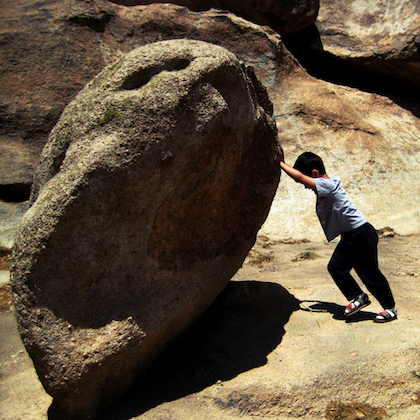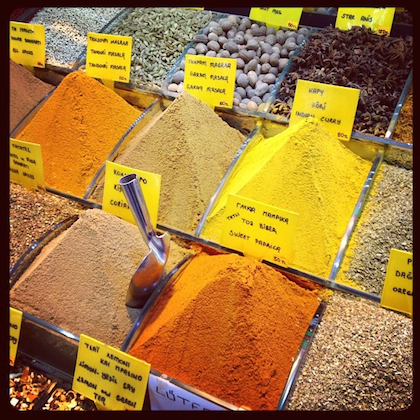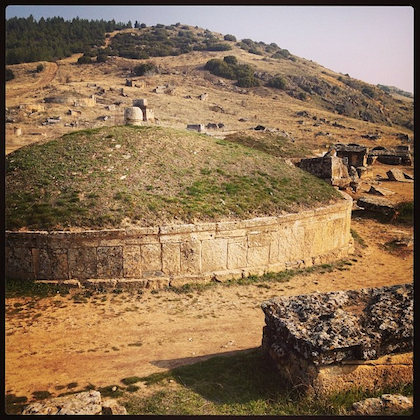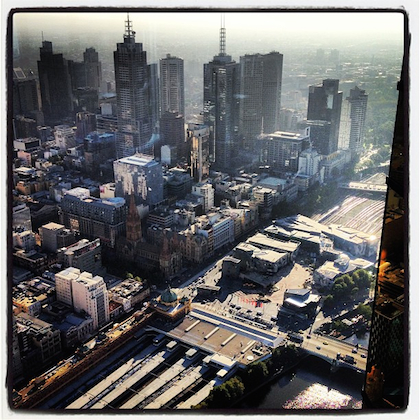Steve Wheeler has cast his line again and hooked me this time. After a couple of recent blogging challenges (#blimage & #blideo), he’s come up with another great idea to get us thinking & writing – #twistedpair. Steve suggests we look for a strange (or unlikely) pairing of people to illustrate an aspect of education and learning. I’ve been thinking about the need for students to persist in their learning, to be tenacious, endeavouring to become authentic life-long learners. In thinking of an example of a couple of characters who epitomise this type of learner – who other to look to than Sisyphus and Wile E. Coyote as a #twistedpair.
These two characters are each in a perpetual struggle – they both have goals and in attempting to achieve them, continue to be frustrated. Both are compelled in their desire – either rolling a huge boulder up a hill again and gain, or attempting to catch that elusive Road Runner. These guys just keep trying. They don’t seem to have a choice, constantly trying to achieve their goal. I guess Sisyphus actually achieves the goal, but has to keep repeating the task. I guess he’d be getting pretty good at shoving boulders, but doesn’t have any opportunity to come at his labour from a different perspective, or use some sort of innovation to help…

Photo credit Richard Roche
On the other hand, Wile E. continues to fail at catching the elusive Road Runner, but he’s always trying something else to become successful. He orders product after product from the Acme Corporation and they always look like they will help him achieve his goal, but they ultimately backfire and don’t work. We’re not sure how much he learn’s from his failures, but we admire that he’s alway up for another try.
When we’re helping our students learn, we should be looking out for different tools that may be of assistance to them. maybe they need to see things from another perspective, or need a specific tool so that they might try another approach to gain understanding and achieve those learning outcomes. As teachers we need to support the development of resilience in our students and encourage them not to give up, to keep on trying, to persevere. As William Hickson once penned:
‘Tis a lesson you should heed:
Try, try, try again.
If at first you don’t succeed,
Try, try, try again.
I wonder if Sisyphus and Wile E. might be able to solve each other’s challenges – if only they could get together…





